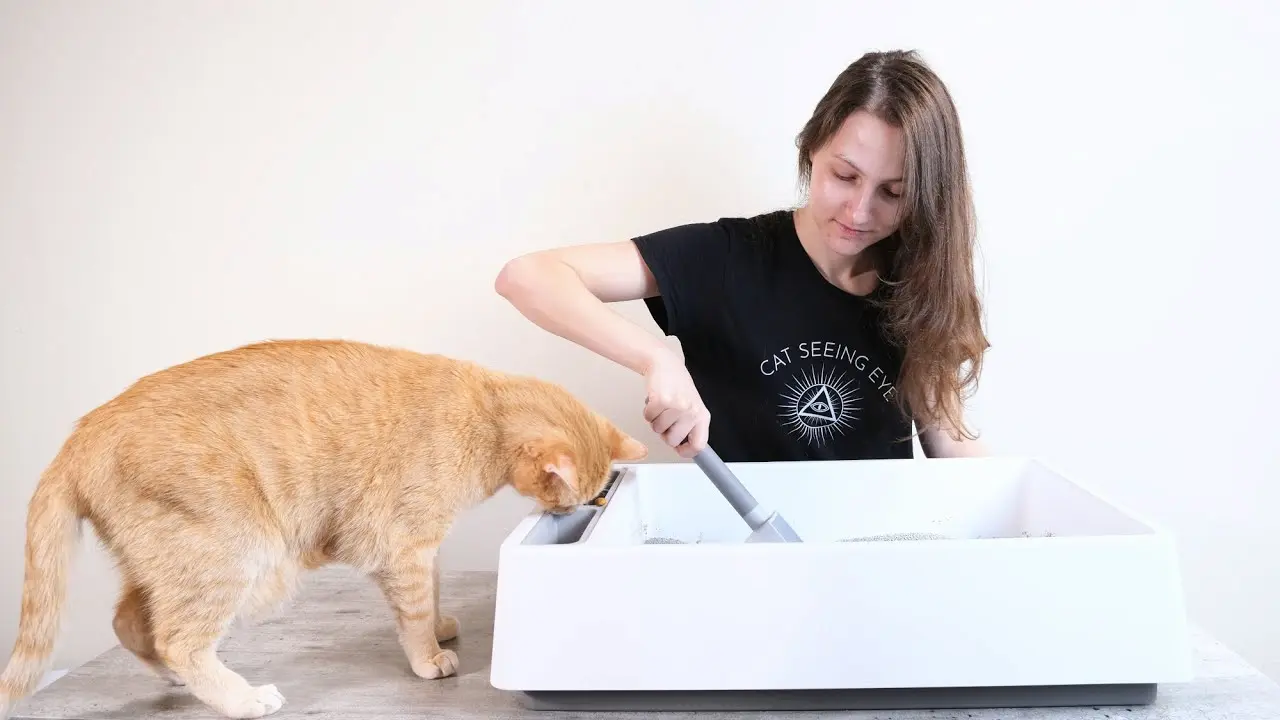How Often Should You Deep Clean Your Cat’s Litter Box?
You might wonder how often you should deep clean your
Factors like the number of cats, type of litter, and signs such as persistent odors or your
Regular deep cleaning can help you catch potential health issues early and keep unpleasant smells at bay.
So, how do you know the right schedule and techniques for effective deep cleaning? Let’s explore the key considerations.
Factors Affecting Cleaning Frequency
The frequency at which you should deep clean your
If you have more than one
In such cases, deep cleaning might be necessary more frequently to maintain a healthy environment.
The type of litter you use also plays a significant role.
Clumping litters are designed to make daily scooping easier, but they can still leave residue that builds up over time.
Non-clumping litters might need more frequent deep cleaning because waste tends to spread and mix, creating unpleasant odors faster.
Additionally, some litters are better at controlling odor than others, which can influence how often you need to clean.
Your
If your
Regular deep cleaning helps prevent the spread of bacteria and keeps your
Recommended Cleaning Schedule
Given these factors, let’s establish a recommended cleaning schedule to keep your
First, scoop the litter box daily.
This habit prevents odors and keeps your
Regular scooping also makes it easier to spot any changes in your
Next, replace the litter completely and wash the box with mild soap and water at least once a week.
If you use clumping litter, you might be able to stretch this to once every two weeks, but weekly is generally best. During this deep clean, scrub the entire box, including the sides and bottom, to remove any buildup.
Make sure to dry it thoroughly before adding fresh litter.
Signs It’s Time to Deep Clean
Unpleasant odors wafting from the litter box signal it’s time for a deep clean. If you notice a persistent smell, even after regular scooping, it’s a clear sign that the litter box needs more than just surface-level maintenance.
Cats have sensitive noses, and a smelly box can deter them from using it, leading to unwanted accidents around your home.
Another sign to watch for is clumping litter that no longer clumps effectively.
When the litter becomes saturated with urine, it loses its ability to form solid clumps, making it harder to clean.
This means it’s time to empty the entire box and start fresh.
You should also pay attention to any discoloration or buildup on the sides and bottom of the litter box.
Over time, urine and feces can leave residue that regular scooping won’t address. If you see any stains or crusty patches, it’s time for a thorough scrub.
Lastly, if your
Cats are very particular about cleanliness, and they might seek out alternative spots if their box isn’t up to their standards. A deep clean can solve this issue quickly.
Tips for Effective Deep Cleaning
Start by gathering all necessary supplies, like gloves, a scrub brush, mild detergent, and a trash bag.
First, put on your gloves to protect your hands from bacteria and litter dust. Carefully empty the litter box into the trash bag, making sure to dispose of all the litter.
Next, use the scrub brush and mild detergent to scrub the entire litter box thoroughly. Pay special attention to the corners and any spots with stubborn stains or residue.
After scrubbing, rinse the litter box with warm water to remove all soap and debris.
It’s essential that no detergent residue remains, as it can be harmful to your
While the box is drying, take a moment to inspect it for any signs of wear and tear. If the litter box is cracked or heavily scratched, consider replacing it.
Once the box is dry, add a fresh layer of litter. To keep your
Conclusion
Regular deep cleaning of your
By sticking to a monthly schedule and being attentive to your






